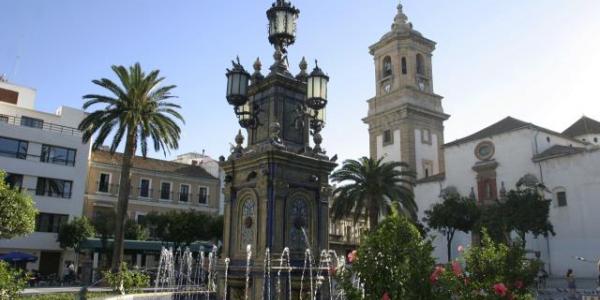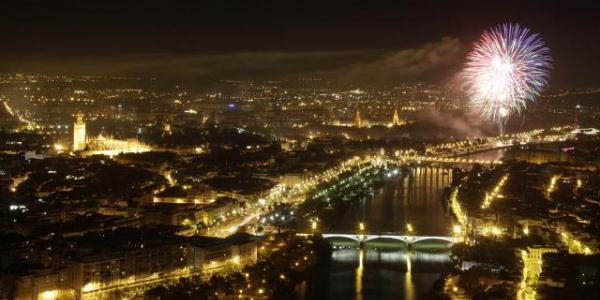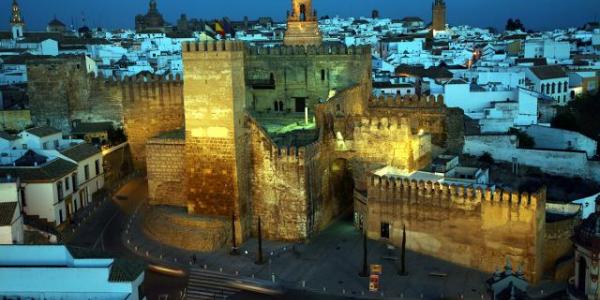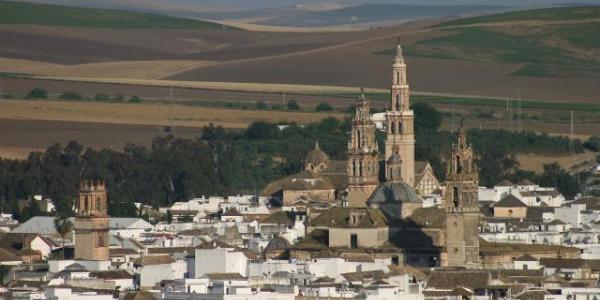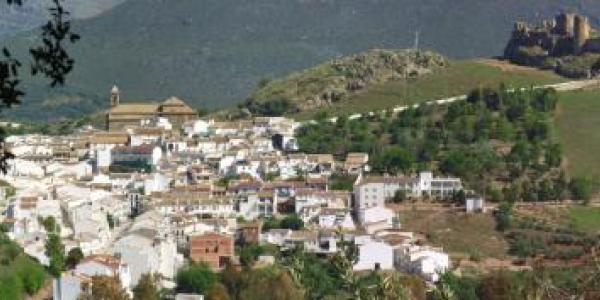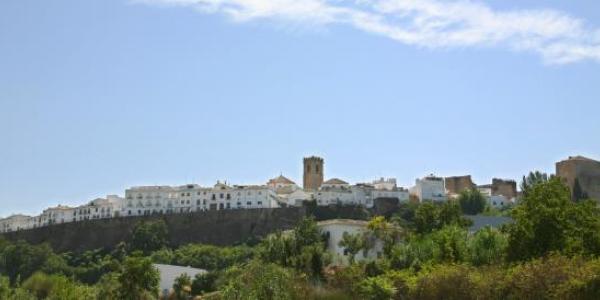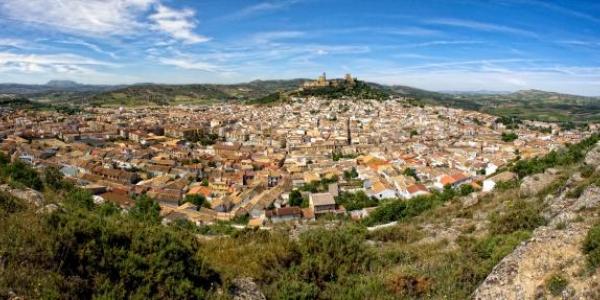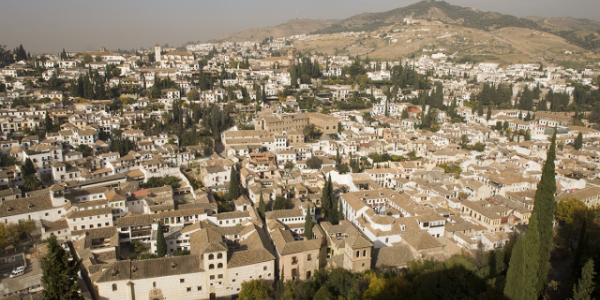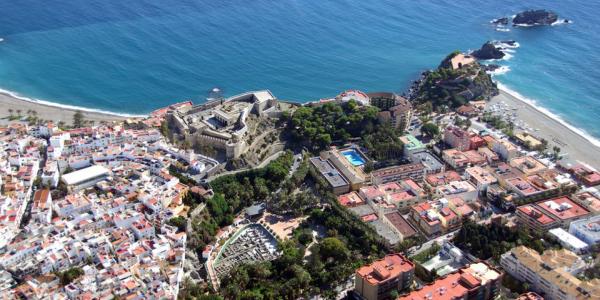The Roman Necropolis

Some of the most important Roman remains in the Peninsula are to be found to the west of the town centre, in an exceptional necropolis with more than two hundred tombs, dating between 50 BC and 360 AC. Discovered by accident in 1869, they occupy a huge area near to the remains of an amphitheatre and a section of the Via Augusta. Excavations have revealed a fabulous collection of remains, consisting of three main roads that link both small and basic underground burial chambers with niches and complex mausoleums. In this fascinating world beyond the grave, the tomb of Servilia is very important, covering an area of some 1,300 square metres, it has columned gateways and various rooms decorated with pilasters, mouldings and wall paintings. The Elephant’s tomb, on the other hand, has a special attraction due to its rich symbolism. It is a small sanctuary of the Phrygian cult, where festivities in honour of the rising sun in the early spring and other initiation rites took place. The sculpture of the Pachyderm, a symbol of Light, can be seen in this tomb. A look in the Necropolis Museum, where a large quantity of pieces found on the site are displayed, rounds off this pleasant visit.



